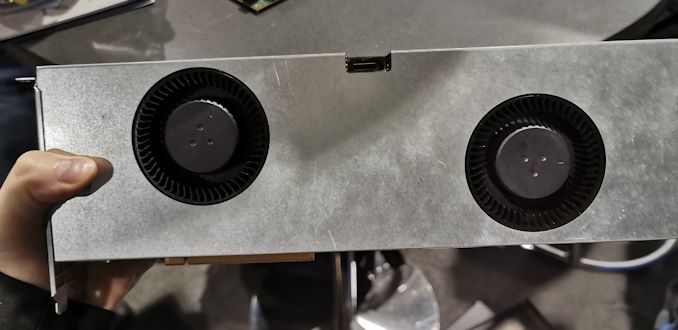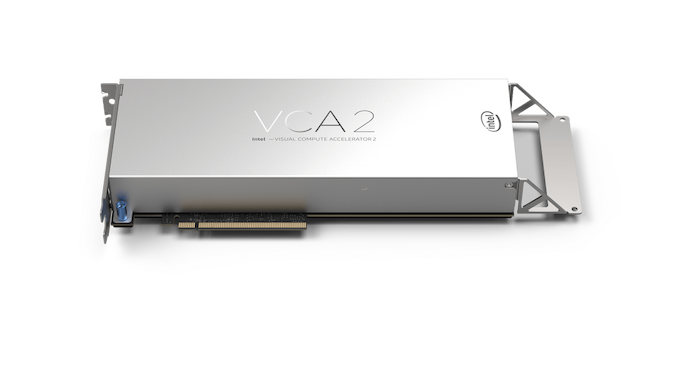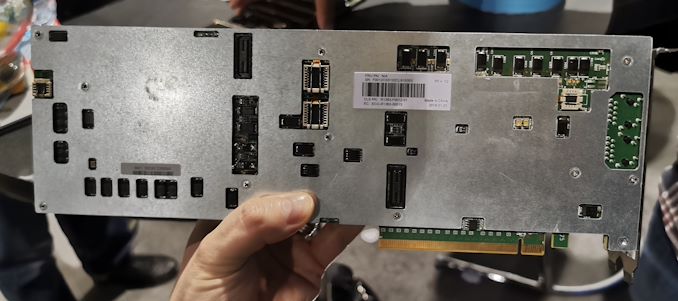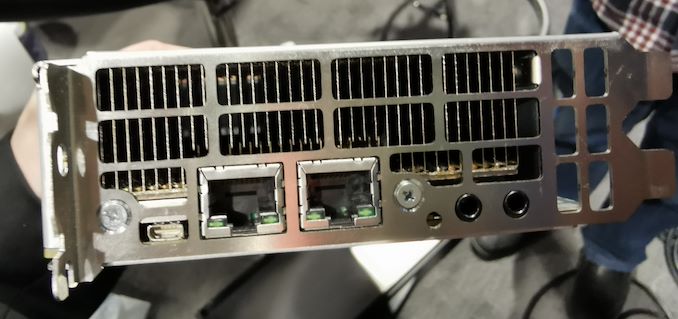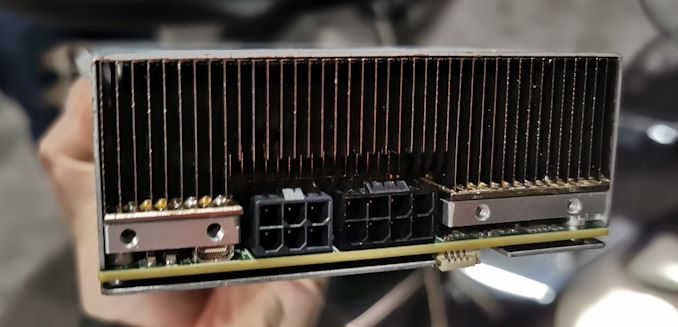https://www.popsci.com/story/technology/nasa-boeing-truss-braced-wing-airplane/

Back in January, Boeing flew its fancy new widebody aircraft for the first time. Called the 777x, the plane’s flashiest feature is wings that literally fold up at their tips. The wings are longer than the ones on previous versions of that airplane—a design change that helps increase the craft’s overall fuel efficiency. The tips, meanwhile, fold up when it’s on the ground so it can squeeze into the airport’s gate.
And at the end of April, Boeing flew a second 777x test plane for nearly three hours.
Besides the fact that the wings stretch out for a long distance and then hinge up at the tips when it’s on the ground, the new 777x aircraft—designed to carry as many as 426 passengers—looks basically like every other plane you’ve seen. It’s a tube with wings that stick straight out.
But since 2008, NASA and Boeing have been researching a fascinating wing design that’s more suited for smaller commercial planes, like 737s or A320s, which seat a maximum of about 220 or 240 people. And the wing shape looks different from anything you’ve flown in before. The long, slender wings of the novel design promise to create less drag—like with the 777x, the resulting fuel savings is the whole point—but added trusses below the wings support their long span. NASA has tested different versions of the design in wind tunnels in California and Virginia, and the most recent tests were at a wind tunnel at its Langley Research Center in the fall of last year.
They call the design the transonic truss-braced wing, or TTBW. While a standard 737 boasts a wingspan of about 118 feet, the wings on this craft could stretch up to a whopping 170 feet long. They also would fold at the ends to squeeze into the gate.
But you can likely imagine the problems that such a structure might create. “If the wing gets longer and more slender, it becomes more flexible,” says Richard Wahls, the strategic technical advisor for the advanced air vehicles program at NASA. No passenger wants to look out their window and see extra-long wings flapping and shimmying all around.
In fact, the disastrous situation a long, slender wing can find itself in is known as aeroelastic flutter. With the “wrong frequencies,” Wahls says, a wing or other structure experiencing flutter will catastrophically fail. A classic example is the Tacoma Narrows Bridge, which fluttered until it collapsed in 1940, but the same kind of fate can happen to a plane’s wing. Kevin James, a research aerospace engineer at NASA’s Ames Research Center, compares what can happen to such a wing to the flutter, bend, or twist you might notice a stop sign demonstrating in high winds. “Long, thin wings want to do that too, and that would be a very bad day—that’s not a good passenger experience,” James jokes.

It’s about physics
With planes like the TTBW, aerospace engineers like the idea of long slender wings because those can reduce the wing’s drag. Wings of that shape ideally produce weak, not strong, vortices at their tips. Weaker vortices can lead to less drag and hopefully more fuel savings. “Out at the tip of the wing, where there’s no more wing beyond what the air can see, the air is very clever, and it will simply just go around the tip,” James says. “The farther out we can make the wings [stretch], the more lift that we can generate, more efficiently.”
But, obviously, NASA and any future aircraft makers don’t want their long fuel-efficient wing to also, well, flex and snap off.
Large trusses provide the necessary support, giving the structure another connection point to the fuselage, and prevent runaway flutter. Another issue is weight— long skinny wings without trusses might have to be so stiff and heavy that it would negate the fuel savings. After all, you wouldn’t want to add a spoiler to your car if it had to be made of solid lead.
NASA’s Wahls says that the new wing configuration could be responsible for saving some 9 percent of fuel burn on a future TTBW plane.
Another benefit to the design is that instead of the wing attaching to the middle or bottom of the fuselage, this configuration has the wings mounted up top. That allows any aircraft maker to hang bigger engines below the wing—larger-diameter engines are also more fuel efficient—without worrying about them scraping the ground.
While airplane makers like Boeing might not ever actually build a plane with a design like this, Wahls says they’d like to get the tech to a place where it could be “legitimately considered” sometime in the 2030s.
Meanwhile, when it comes to futuristic airplanes that are as fuel efficient and sustainable as possible—after all, the more efficient a flying machine is, the more it could possibly rely on electric propulsion—James, of NASA Ames, sees a plane like the TTBW as just a “stepping stone.” The absolute best design from a fuel-use perspective, he says, would be a plane whose body and wings are blended together, so it resembles a manta ray or a B-2 Spirit bomber.
via Popular Science – New Technology, Science News, The Future Now https://www.popsci.com
May 12, 2020 at 01:37PM

